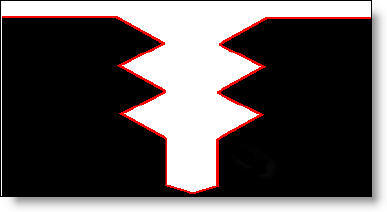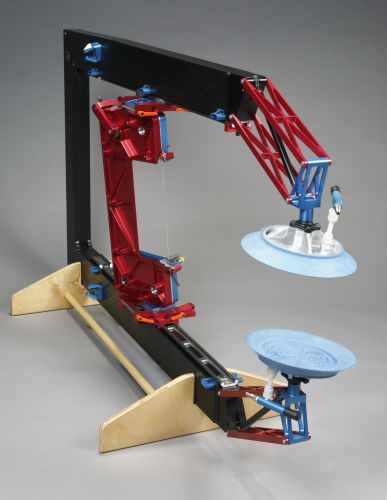Last month’s newsletter discussed designing and machining plastic parts. This month (which marks the first anniversary of our newsletter !!!) we are going to discuss the combination of threads and plating, addressing some of the common issues and things to avoid and look out for.
When a part has threaded holes and it is plated, there is always a potential to have problems with the thread class. All types of plating have a thickness. The plating thickness will vary greatly depending on the type of plating – from .0001″ or less for Class 3 Chemical conversion coating, all the way up to .002″ or more for Type III Hard Anodizing. The smaller the threads are, the higher a percentage of the pitch diameter tolerance will be used by up by the plating thickness. The same is true of high tolerance threads with a high thread class and a corresponding tighter pitch tolerance. The single biggest factor is the fact that the plating is applied to both sides of the thread profile on both sides of the hole. This translates into a 4x build up of plating on the threads. See Fig. A. There are a two primary ways to negate this effect. One is to mask the hole during the plating process. This is the preferred method if the application does not require plating on the threads. The other method is to use an oversized tap during the machining process so that once the plating thickness is added onto the threads it still meets the thread class. Because plating thickness can vary, this method isn’t 100% guaranteed to work, especially on smaller threads where the tolerance range is so small. If the resultant plating thickness doesn’t match the oversize tap then you may still have the condition where the thread class is not in tolerance.

When masking holes, there is a chance of some of the chemicals bleeding into the hole. With proper masking techniques this should be minimal but it is still a potential and allowing a thread to be chased with a tap or cleaned out is advisable.
Blind holes present a few other problems to be aware of. Most types of plating require a good flow of chemicals over the surface metal to achieve good coverage and thickness. At the bottom of a blind hole, the chemicals do not have an opportunity to do this. This will often result in little or no plating at the bottom of the hole. There are two problems presented in this situation. One is that there will not be protection offered by the plating and the second is that if the thread was oversized in anticipation of the plating thickness, they the thread class might be out of spec on the large side of the tolerance. For plating types that are very thin, the issue of thickness may not be a factor at all, but the lack of coverage may be. Adding a note to the print that full coverage is not required at the bottom of the holes may head off potential problems.
Another common occurrence is that chemicals will be trapped in the bottom of the hole after the plating process is finished. Plating companies should blow out holes with compressed air to eliminate this problem but they do not always do it consistently. If you have blind holes from several sides, this is further exacerbated as you cannot rack the parts so that the plating solution can drain from the holes. With cosmetic plating types, such as colored anodize, often the chemicals can bleed out after the dying step of the process and cause runs to appear on the outer surface of the part, ruining the cosmetic nature of the finish. Another type of defect that can happen with blind threaded holes is that the chemicals that get trapped at the bottom actually dry out and then cause corrosion. We have seen this several times with chemical conversion coating. This underscores the importance of the plating company blowing out the holes.
As an engineer, you can try to avoid blind holes where possible, and allow masking of the holes during the plating process. By giving the option but not the requirement to do masking, you can leave that decision to the manufacturer and/or plater. Based on the configuration of the part, the type of plating, and orientation of the holes they can best make that decision. You can also specify a lower thread class or leave it out all together depending on the nature of your parts if you do require that plating be on the holes.
We invite you to share any examples of problems you have seen related to this or any other topic we have covered. Please send them to us at paul@dfmpartners.com and we will be sure to include them on our web site or talk about them in future newsletters.
Every month we feature a really cool part that we have made. October’s Part of the Month is an assembly that we designed, tested and manufactured for a customer of ours. This is basically a very fancy band saw that gets attached to the body of an aircraft to cut honeycomb core during the manufacturing process. It demonstrates well the scope of design & development projects that we provide, starting with nothing more than the customer requirements.






